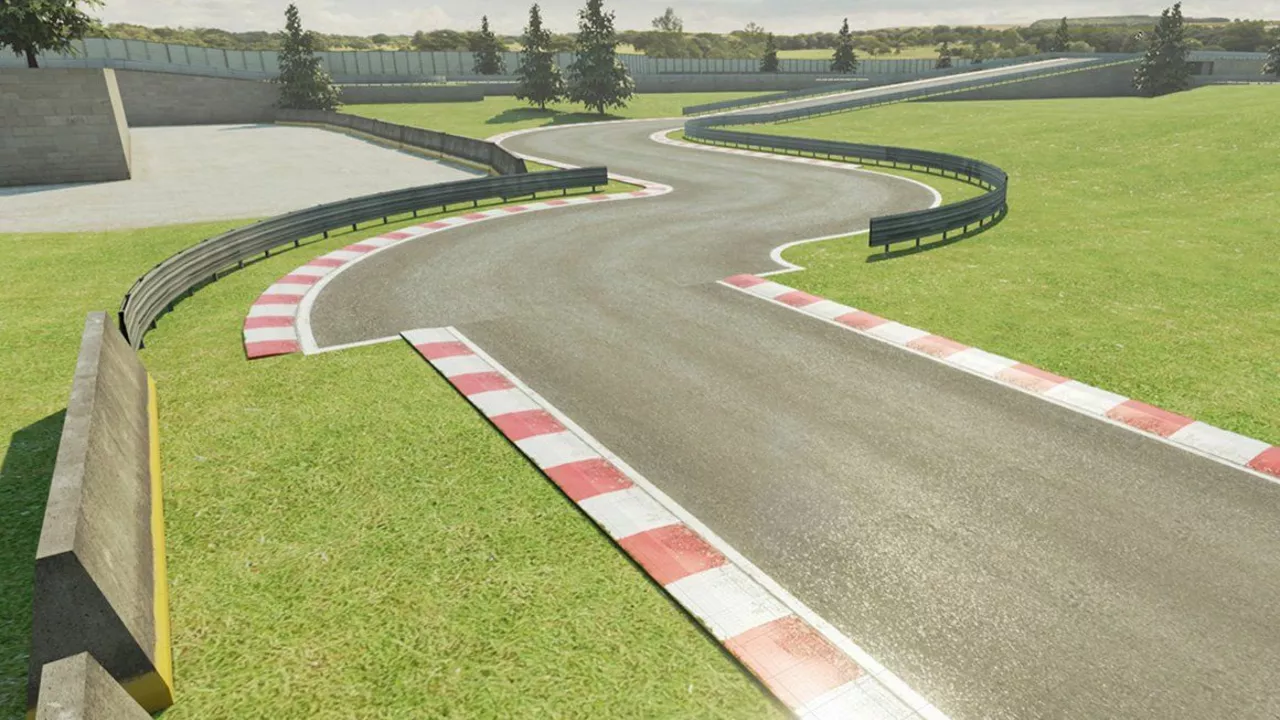Racing Tracks Materials: The Basics Every Fan Should Know
Ever wondered why a Formula 1 car handles differently on a British circuit compared to a German one? The answer often lies in the track surface itself. Whether it’s smooth asphalt, gritty concrete, or a mix of recycled rubber, the material under the tires decides how much grip you get, how fast you can go, and how safe the race is.
In the world of motorsport, track owners don’t just pick a material because it looks good. They weigh cost, climate, maintenance needs, and the type of racing they host. Below, we break down the most common surfaces, the pros and cons of each, and how they match up with different racing series.
Common Materials Used on Tracks
Asphalt: This is the workhorse of most modern circuits. It’s cheaper than concrete and can be laid quickly, which is why you’ll see it at new venues and temporary street courses. Asphalt offers a decent balance of grip and smoothness, but it can get oily in hot weather, reducing traction. Regular resurfacing is needed to keep the surface even and free of cracks.
Concrete: Seen on high‑speed ovals and some historic tracks, concrete provides a very rigid surface that stays consistent even after many years. It handles heat better than asphalt, so drivers get reliable grip in hot climates. The downside is that concrete can be harsh on tires, leading to quicker wear, and it’s more expensive to install.
Asphalt‑Concrete Mix (Hybrid): Some tracks use a layer of asphalt over a concrete base. This combines the durability of concrete with the smoother feel of asphalt. The blend helps reduce tire wear while keeping maintenance costs lower than pure concrete.
Recycled Materials: To cut costs and meet sustainability goals, a growing number of circuits add recycled rubber crumbs, polymer modifiers, or reclaimed asphalt pavement (RAP) to the mix. These additives can improve water drainage and extend the life of the surface, but they need careful testing to ensure they don’t make the track too slippery.
Choosing the Right Surface for Different Racing Series
Each motorsport discipline has its own demands. For example, Formula 1 needs a smooth, high‑grip surface to let the ultra‑light cars push corner speeds to the limit. That’s why most F1 venues stick with high‑grade asphalt and perform regular resurfacing between seasons.
IndyCar often races on ovals where concrete is common. The rigid surface lets the cars reach massive speeds without the surface flexing under the load. However, on road‑course events, IndyCar switches to asphalt to give drivers a bit more forgiveness on their tires.
Rallycross and short‑track dirt series use a mix of packed dirt, clay, and sometimes a thin layer of polymer‑treated asphalt. The goal here is to create a surface that slides just enough for a fun, controlled drift while still offering grip for acceleration.
When a track is being designed, engineers run computer simulations to see how different materials will react to heat, rain, and the forces from the cars. They also consider local climate: a hot, dry region may favor concrete, while a cooler, wetter area might stick with asphalt that drains well.
Maintenance is a big part of the equation. Asphalt can be milled and re‑laid in sections, which is handy for tracks that host multiple events a year. Concrete, once cracked, is harder and more expensive to fix, so track owners plan for longer service intervals.
In short, the material you drive on influences everything from lap times to tire strategies. If you’re a fan watching a race, pay attention to the surface—when a driver suddenly loses grip, it’s often the track, not the car, that’s to blame.
Understanding racing tracks materials gives you a deeper appreciation for the engineering choices that make each race unique. Next time you hear the roar of engines, think about the pavement beneath them. That hidden layer is what turns raw power into the thrilling competition you love to watch.

What are racing tracks made from? Doesn't it hurt the racers?
Racing tracks are typically made from a blend of asphalt, concrete, and sometimes clay or dirt, depending on the type of racing. While this may sound painful, safety measures are in place to protect racers. Helmets, protective suits, and specially designed cars or bikes help absorb the impact and minimize injuries. So, while crashes can happen, the track's material isn't the main culprit. Instead, speed and racing conditions play a bigger role in the risk factor for racers.
Read More